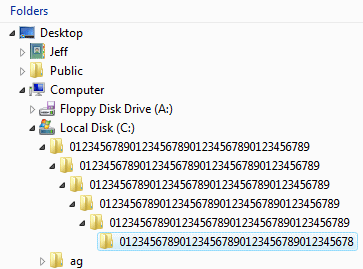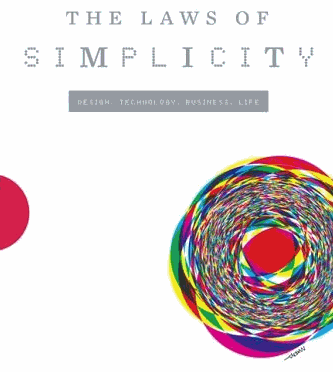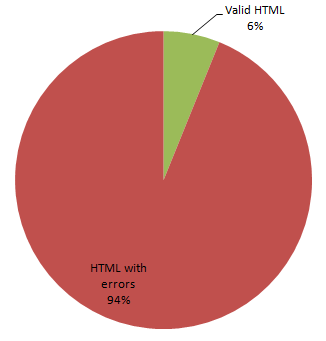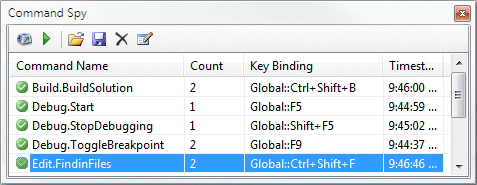
windows desktop search
Exploring Vista’s Advanced Search
I used the file search function in Windows XP a lot, particularly to find groups of files. But the XP search syntax doesn’t work in Vista. Vista uses the Windows Desktop Search query syntax. Which means “*.vbproj;*.csproj” becomes “ext:(*.vbproj OR *.csproj)” Note that the boolean operator must









